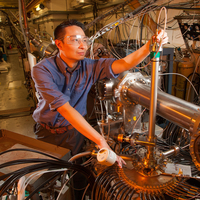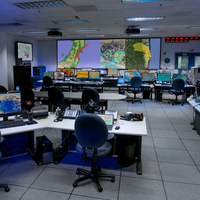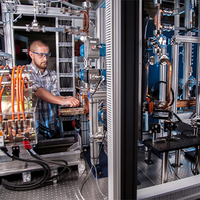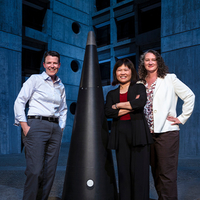OUR RESEARCH
Advanced Materials and Manufacturing
What We Do
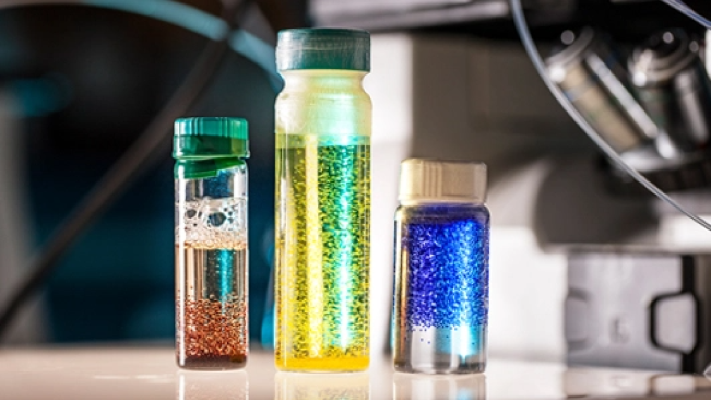
Who We Are
Our engineers, materials scientists and additive manufacturing experts develop nanotechnology, novel feedstocks and biomimetic, quantum and energetic materials. Meet a few of the people who work in advanced materials and manufacturing:
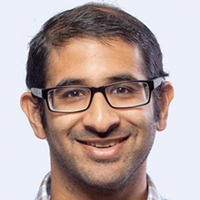
One of Sal Baxamusa’s favorite things about working at Lawrence Livermore is the opportunity to learn new things on a regular basis. “Every day, I’m learning something new, often something that nobody ever knew before,” he says. As a chemical engineer in LLNL’s Materials Science Division as well as a deputy program manager for target fabrication at the National Ignition Facility, Sal develops devices, materials and materials-processing technologies primarily for applications that require engineered interfaces or thin films.
Sal’s work focuses largely on understanding how different systems change over time as they interact with their environment, as well as manufacturing, fabrication and synthesis steps to prevent or control those changes. He is especially proud of is his work on a team that developed a method to fabricate ultra-thin, tough, free-standing polymer sheets — a project completed in only a matter of weeks. “Our work was a lesson that developing subject matter expertise over the course of years can lead to ultra-productive bursts of scientific work,” he says.
Outside of work, Sal describes himself as a “run-of-the-mill, nerdy suburban dad” who enjoys reading science fiction, listening to music, watching baseball and hanging out with his family.
Sal received his Ph.D. in chemical engineering from the Massachusetts Institute of Technology and his B.S. in chemical engineering from the University of California at Berkeley.
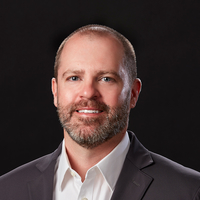
Eric Duoss is currently director of the Center for Engineered Materials and Manufacturing and a member of the Technical Staff at Lawrence Livermore National Laboratory, where he conducts research in the areas of advanced materials and manufacturing combined with micro-architected design. His research interests include additive manufacturing, 3D printing, printed electronics, functional materials, colloids and complex fluids, soft matter, microfluidics, microencapsulation and emulsion science.
Eric completed his Ph.D. in Materials Science and Engineering at the University of Illinois at Urbana-Champaign (2009) and a B.S. in chemistry and mathematics at St. Norbert College (2003).
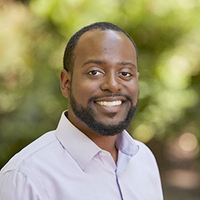
For Jeremy Feaster, pursuing a career in science and research is all about making an impact on society. Jeremy’s tenth grade chemistry teacher helped him learn how chemistry can be used to benefit others. Throughout his education and career, Jeremy has been inspired by the goal of leaving the world in a better place.
Now an electrochemical engineer in LLNL’s Materials Science Division, Jeremy loves the Laboratory’s collaborative environment and opportunities to grow professionally and personally. He is particularly proud of his work toward creating the first 3D-printed vapor-fed reactors for electrochemical carbon dioxide conversion, now a full-scope effort that has opened new arenas in electrochemistry and chemical engineering. Jeremy also leads a Disruptive Research project, funded by LLNL’s Laboratory Directed Research and Development (LDRD) program. The multi-year project focuses on converting air into sustainable fertilizer.
Jeremy plays an active role in the Laboratory’s diversity, equity and inclusion efforts, serving as the co-chair for the African-American Body of Laboratory Employees (ABLE) employee resource group. He received a 2020 Director’s Diversity & Inclusion Award for mentoring Livermore High School students on topics such as discrimination, unconscious bias and navigating less-diverse environments.
He also leads the Jeremy T. Feaster Foundation, Inc., a 501(c)(3) nonprofit organization with a mission to amplify a culture of “lift as you climb” in the community. Over the past 11 years, the Feaster Foundation has awarded over $20,000 in scholarships to Black and underrepresented students around the nation, as well as mentored driven students who want to start their own organizations to benefit their communities.
Jeremy received his Ph.D. and M.S. in chemical engineering from Stanford University and a B.S. in chemical engineering from the Georgia Institute of Technology. In 2023, he received the American Institute of Chemical Engineers 35 Under 35 Award.


Simon Pang is a deputy group leader for the Materials for Energy and Climate Security group in the Materials Science Division. He also leads the Direct Air Capture Pillar of LLNL’s Carbon Initiative. His research interests include development and deployment of materials and technologies for carbon dioxide removal, the interface between carbon capture and carbon conversion technologies, and systems analysis for carbon removal and energy technologies.
Simon leads DOE-funded research projects spanning topics from that explore understanding the fundamental chemical and physical interactions of direct air capture materials with their environment, toand development of hybrid reactive capture processes that integrate carbon capture and conversion. He is an author of LLNL’s landmark report, Getting to Neutral, which identified potential pathways for California to achieve net-zero emissions. Simon is also an author of LLNL’s Roads to Removal report, which provides a first-of-a-kind national geospatial assessment of the options that can enable the United States to achieve net-zero emissions.
Simon received his Ph.D. in chemical engineering from the University of Colorado Boulder and a B.S. in chemical engineering from Cornell University. He is a recipient of LLNL’s ninth annual early and mid-career award, for which he credits his team of incredible students, postdocs, and staff.
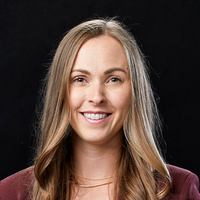
Caitlyn Krikorian (Cook) is the Functional Architected Materials Engineering (FAME) group leader within the Materials Engineering Division and the deputy director for the Center of Engineered Materials and Manufacturing (CEMM). Her research interests include the understanding of structure-property relationships and curing kinetics in polymers and the micro- and nanofabrication of hierarchically engineered materials for multifunctional integration.
Caitlyn is currently a principal investigator for an Exploratory Research Laboratory Directed Research & Development (LDRD) project on Shape Changing of Responsive Elastomer Structures (SCoRES), a technical lead within a project focused on developing flexible display and power source technologies and leads other various manufacturing and photopolymer development capabilities.
Caitlyn has a B.S. in materials engineering and an M.S. in polymer science and coatings from California Polytechnic State University, San Luis Obispo.
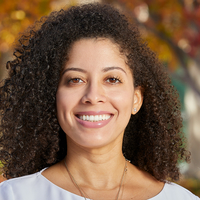
Mariana Batista, a research scientist for the Materials Science Division in the Physical and Life Sciences Directorate, was thrilled to win the People’s Choice Award at LLNL’s 2021 and 2022 Postdoctoral Research Slam. To capture the awards, she described her research regarding transforming salt cubes into a foam aerogel that can be packed into panels for use as an electricity-free cooling alternative. Mariana is passionate about this project and hopes it will create affordable cooling technologies to protect the global community, reduce electricity costs and cut down carbon dioxide emissions.
Another of her focus areas is using additive manufacturing to make carbon-based electrodes for energy storage applications, an initiative that directly aligns with the Laboratory’s mission to improve the nation’s energy security. Her team is actively investigating new materials, designs and additive manufacturing techniques to increase the energy and power densities of energy storage devices such as supercapacitors that rely on electrodes to function. Prior to her work at LLNL, Mariana interned at NASA, working with nanotechnology for sensor development, and at Ford Motor Company, developing hybrid cellulose composites that are eco-friendly, lightweight and provide better fuel economy for automotive applications.
Mariana holds a Ph.D. in materials science and engineering from Michigan State University. She earned a B.S. in mechatronics engineering and a masters in business administration and management from the Universidade Salvador.
Our Latest News
Our Current Projects
Our multidisciplinary teams collaborate with academic colleagues and industry partners to develop breakthroughs vital to national security and, often, that benefit commercial applications.
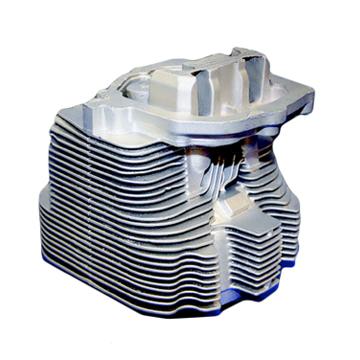
High-Performance Alloys
As our missions take us into new environments, we leverage LLNL’s computational capabilities to discover and design high-performance alloys with enhanced properties and performance under extreme conditions. We create new feedstock materials and additive manufacturing techniques that enable us to synthesize complex structures that are lightweight, corrosion-resistant and radiation tolerant. We also develop customized alloys that incorporate low-value rare earth elements, so we can produce components that are less susceptible to supply chain disruptions associated with critical materials.
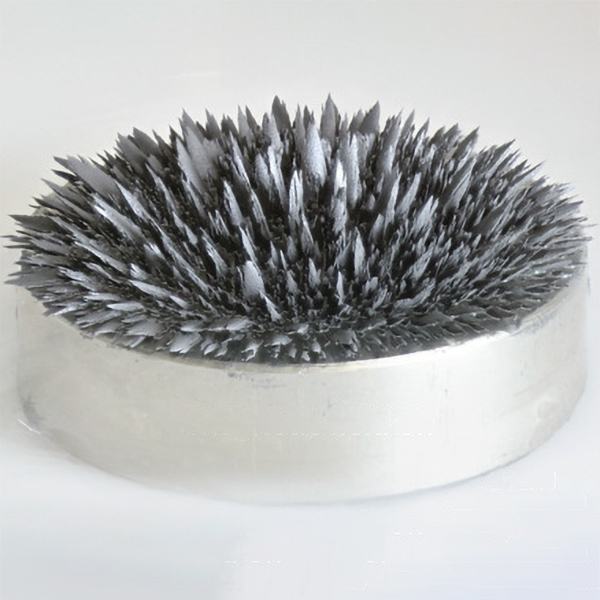
3D Printed Materials Respond to External Stimuli
Leveraging the power of 3D printing, we create materials whose properties are not fixed after fabrication, but instead react to environmental stimuli in real time. For example, changes in temperature, chemical environment, or variations in electromagnetic fields may cause a structure to bend or swell as it avoids breakage or absorbs a liquid. Most recently, LLNL researchers have developed a liquid crystal elastomer — a soft material that morphs in response to light, which has implications for future soft robotics that can do work where rigid materials cannot.
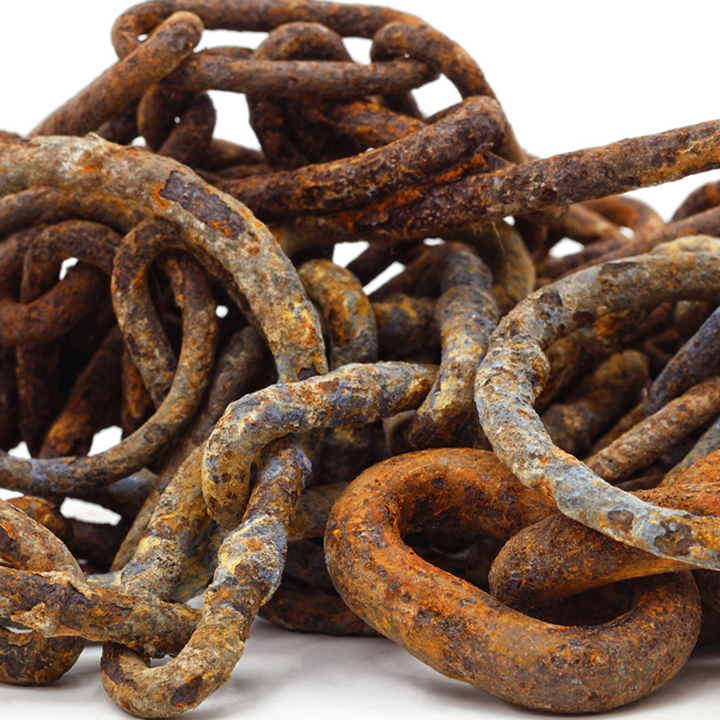
Preventing Material Corrosion
We explore ways to stop material degradation before it starts—research that’s critical to ensuring the long-term performance of our nation’s nuclear stockpile and the resilience of our energy infrastructure. It’s also relevant to commercial applications, including aircraft and advanced batteries. Our materials science experts leverage LLNL’s supercomputers and machine learning tools to better predict factors that initiate corrosion, especially for new types of additively manufactured material. They integrate experimental data into their simulations to capture complex corrosion processes and better understand how a material will perform at scale, in relevant conditions, over its service lifetime.
Our Facilities, Centers and Institutes
The Laboratory is home to several state-of-the-art facilities and centers to help researchers tackle the hardest and most complex challenges related to advanced materials and manufacturing.
AML
Advanced Manufacturing Laboratory
The Advanced Manufacturing Laboratory facilitates partnerships between LLNL, industry and academia to address manufacturing challenges across a range of commercial and government projects.
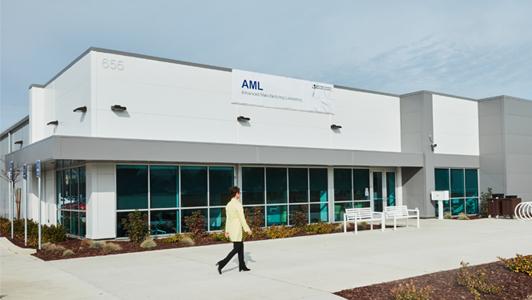
CAMS
Center for Mass Spectrometry
CAMS researchers use diverse analytical techniques and state-of-the-art instrumentation to develop and apply ultra-sensitive isotope ratio measurements and ion beam analytical techniques.
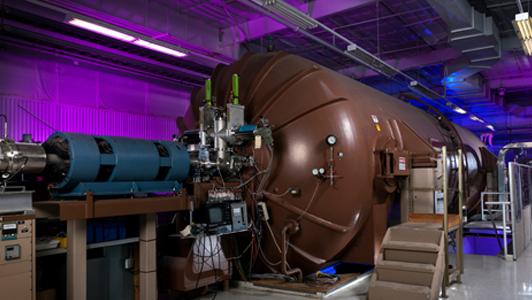
CDO
Center for Design and Optimization
CDO optimizes complex systems governed by the nonlinear, dynamic, multiphysics or multiresolution phenomena afforded by advanced manufacturing technologies.
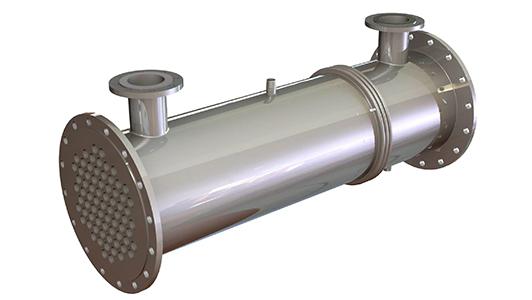
CEMM
Center for Engineered Materials and Manufacturing
CEMM develops new additive manufacturing capabilities for micro- and nanoscale features and mixed materials, which are used to fabricate architected materials with unique properties.
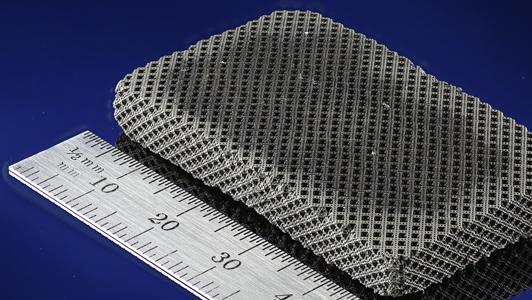
CFF
Contained Firing Facility
The Contained Firing Facility (CFF) handles large-scale, non-nuclear, hydrodynamic experiments with full containment of hazardous materials. Unique diagnostics record experimental results for nuclear weapons and explosives research and development.
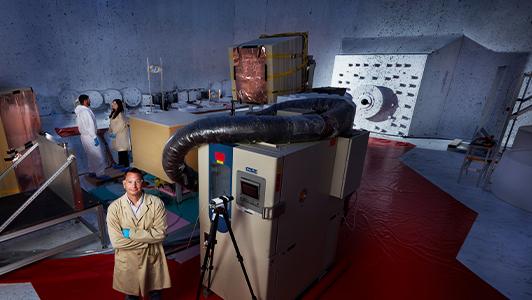
HEAF
High Explosives Applications Facility
The High Explosives Applications Facility (HEAF) integrates the operations of synthesis, formulation and testing of explosive materials in a single, synergistic facility.
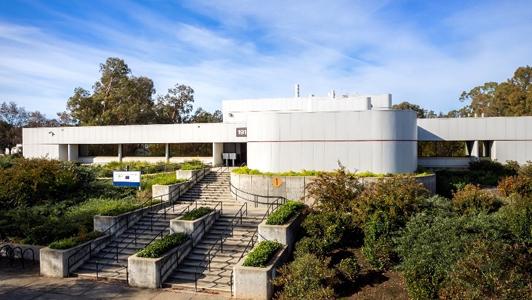
LEAF
The Laboratory for Energy Applications for the Future
The Laboratory for Energy Applications for the Future (LEAF) develops disruptive technologies — from inception to demonstration — for the grid, transportation and the environment.
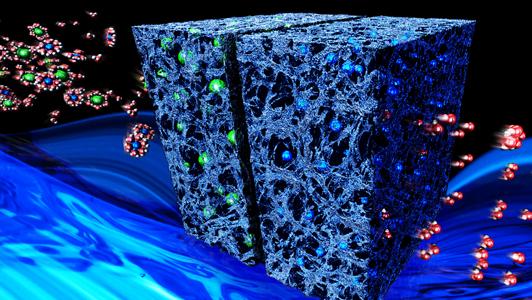
PE
Polymer Enclave
The Polymer Enclave accelerates the design-to-deployment of additively manufactured weapon components critical to modernizing the U.S. nuclear stockpile.
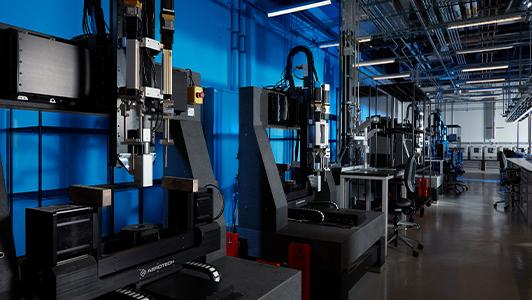
Related Organizations
World-class science takes teamwork. Explore the organizations that contribute to our advanced materials and manufacturing research by clicking the images below.
Join Our Team
We offer opportunities in a variety of fields, not just science and technology. We are home to a diverse staff of professionals that includes administrators, researchers, creatives, supply chain staff, health services workers and more. Visit our careers page to learn more about the different career paths we offer and find the one that speaks to you. Make your mark on the world!

